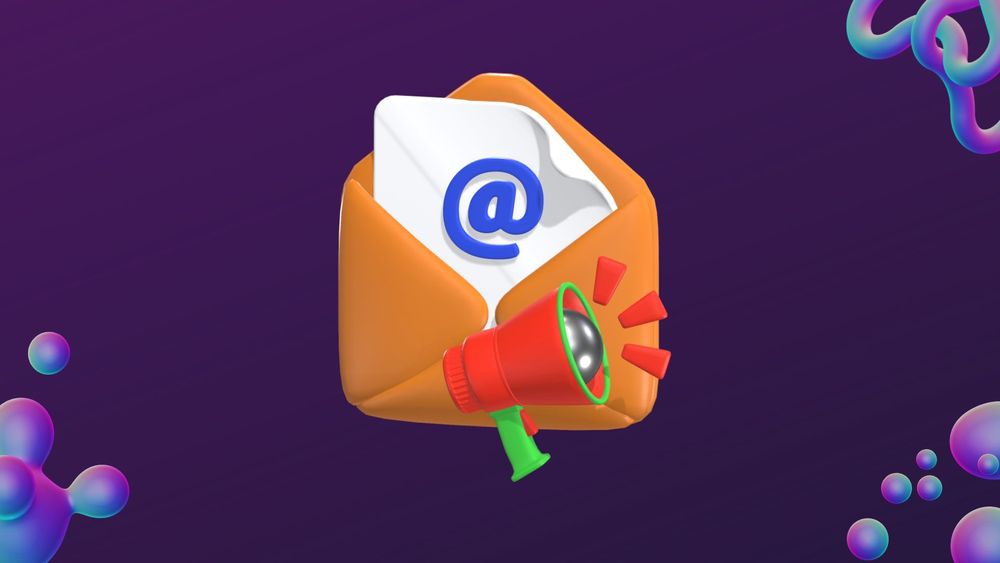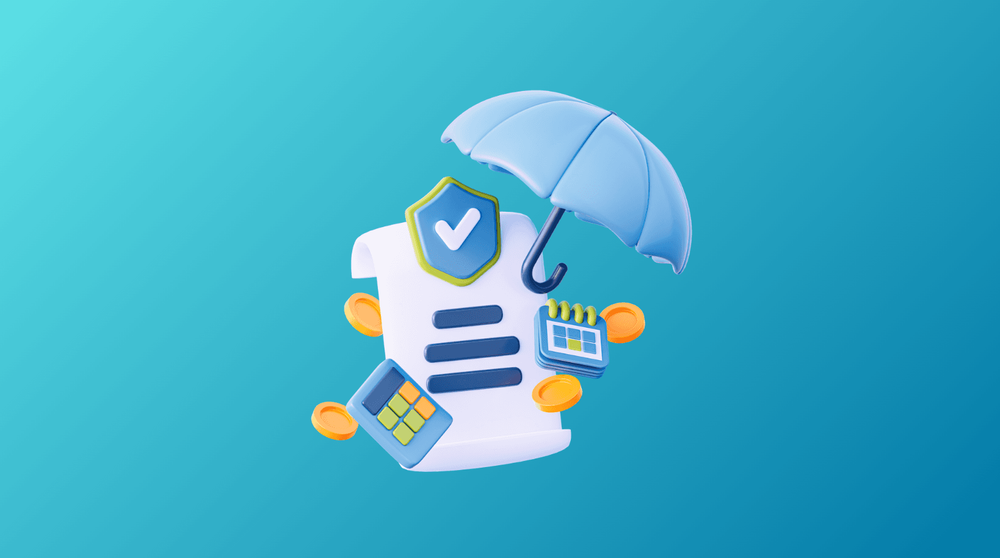Whether you’re launching a new career, starting a business, or simply seeking to refine your digital identity, the right business email address can make a significant impact.
Our list of 30 email name ideas is designed to inspire and guide you through choosing an email address that reflects your professional persona while being memorable and approachable.
From classic formats to modern twists, these suggestions will help you make a lasting impression and enhance your professional communications.
What Makes a Good Professional Email Address?
Having a good professional email address is crucial for building credibility and trust with clients and potential business partners. It serves as the first impression and can influence how others perceive your professionalism.
Choosing the right email service provider is essential for creating a professional email address. Popular services like Gmail may present challenges in picking an available username, whereas less common options like Outlook might offer more flexibility. Additionally, selecting a username that is easy to communicate verbally can help avoid confusion when sharing contact information.
To make a positive impact, your email address should be easy to remember, spell, and pronounce. This ensures that people can contact you without any confusion or difficulty.
Additionally, it is important for your professional email address to align with your brand and identity. Consistency between your email and your brand helps reinforce your image and makes it easier for others to connect with you.
Key Components of a Professional Email Address
A professional email address is made up of three main parts: the local part, the domain, and the top-level domain. The local part is what you see before the “@” symbol. It often includes a person’s name or a specific role within a company, making it easy to identify the sender.
The domain follows the “@” symbol and usually represents the organization or email provider, like “gmail” or “companyname.” This part indicates where the email is coming from. Using a customized domain can enhance professionalism and brand presence, as it reflects a unique and personalized email address that conveys credibility.
Finally, the top-level domain is the section after the last dot, such as “.com,” “.org,” or “.net.” This part helps classify the type of organization or the origin of the email. Understanding these components can help you create a clear and professional email address.
Email Name Ideas for Professionals
If the email name you want is already taken, you may need to get creative. Here are some professional email address ideas:
Use Your Name as Your Email Address
Using your name as your email address is a simple and effective way to maintain professionalism and clarity. This makes your email easily recognizable and memorable, simplifying contact for colleagues, clients, and employers. Including your name reinforces your personal brand and connects your email to your professional identity.
When choosing an email address that uses your name, aim for simplicity and clarity. Ideally, use your full name or a combination of your first and last names. If your preferred address is already taken, consider adding a middle initial or a professional designation. Avoid using nicknames or any characters that might complicate the address.
Including a middle name can provide additional flexibility and variety, helping you craft a memorable and personalized email identity.
Here are a few examples to illustrate different approaches:
- [FirstName.LastName]@domain.com: john.smith@example.com
- [FirstInitialLastName]@domain.com: jsmith@example.com
- [FirstNameLastName]@[Domain].com: johndoe@company.com
- [FirstName].[MiddleInitial].[LastName]@domain.com: john.m.smith@example.com
- [LastName][FirstInitial]@domain.com: smithj@example.com
- [FirstName][MiddleInitial][LastName]@domain.com: janedoej@example.com
- [LastName][FirstName]@domain.com: doejane@example.com
- [FirstName].[LastName][Number]@domain.com: john.smith1@example.com
- [FirstInitial][MiddleInitial][LastName]@domain.com: jmsmith@example.com
- [FirstName]_[LastName]@domain.com: alice_johnson@example.com
Use Your Professional Role or Expertise
Incorporating your professional role or area of expertise into your email address can enhance your credibility and make your position clear at a glance. This approach is especially useful if your name alone does not clearly indicate your profession or if you want to highlight a specific aspect of your work. By including your role or field, you provide context and make it easier for others to understand your professional identity.
When using this method, aim for a balance between professionalism and clarity. Include terms that are relevant to your job or industry but avoid overly complex or lengthy phrases. Ensure that your chosen role or expertise is recognizable and aligns with your professional branding.
Here are a few email address ideas for business and teams:
- [Role].[FirstName]@[Domain].com: consultant.johndoe@example.com
- [Expertise].[LastName]@[Domain].com: marketing.smith@example.com
- [FirstName].[Role]@[Domain].com: jane.developer@example.com
- [FirstName].[LastName].[Field]@[Domain].com: alice.johnson.hr@example.com
- [FirstName].[Field]@[Domain].com: michael.writer@example.com
- [Role][FirstName].[LastName]@domain.com: designer.john.doe@example.com
- [Field].[LastName]@domain.com: tech.martinez@example.com
- [FirstName].[Role].[Company]@domain.com: sarah.sales.acme@example.com
- [FirstName].[LastName].[Title]@domain.com: david.jones.ceo@example.com
- [Specialization].[FirstName]@[Domain].com: ux.smith@example.com
Use Your Location in Your Email Address
Incorporating your location into your email address can be strategic, especially to emphasize regional presence or cater to a local audience. This is useful for professionals in specific areas or those highlighting a connection to a city or region. It aids in local networking, enhances relevance for local clients, and makes your email more relatable and memorable.
Using your own name as a foundational element in creating an email address is also crucial. It helps in making the email address unique and personalized, ensuring it stands out and is easily recognizable.
When adding location elements to your email address, prioritize clarity and brevity. Choose a recognizable location name relevant to your work. Avoid long or obscure names that might confuse recipients or harm your professional image.
Here are some examples:
- [FirstName].[Location]@[Domain].com: johnny.ny@example.com
- [Location].[FirstName].[LastName]@domain.com: la.jane.doe@example.com
- [Role].[Location]@[Domain].com: consultant.boston@example.com
- [FirstName].[Location]@[Domain].com: emma.london@example.com
- [Location].[Department]@[Domain].com: nyc.support@example.com
- [FirstName].[Location][Company]@domain.com: sarah.sanfran@creativeagency.com
- [Location].[Service].[LastName]@domain.com: miami.speaker.jones@example.com
- [Location].[Role]@[Domain].com: seattle.designer@example.com
- [Location].[Specialty].[FirstName]@domain.com: paris.writer.lucas@example.com
- [FirstName].[Location].[Title]@domain.com: john.ny.ceo@example.com
Email Address Formatting Tips
Creating a professional and effective email address involves more than just choosing the right words. Proper formatting can enhance clarity, readability, and overall professionalism. Here are some key tips for formatting your email address:
Selecting a suitable personal email address is crucial as it can establish trust and create a positive impression in the digital space. With the growing number of email users, finding a unique email address can be challenging, so it's important to balance personal and professional choices.
- Keep It Simple and Clear: Choose a format that is straightforward and easy to remember. Avoid complex combinations of numbers, symbols, or long strings of characters. Simplicity aids in clarity and ensures that your email address is easy to communicate verbally or in writing.
- Use Standard Characters: Stick to letters, numbers, and periods. Avoid using underscores, hyphens, or other special characters if possible, as they can be confusing and harder to remember. For example, prefer
john.doe@example.comoverjohn_doe123@example.com. - Be Consistent: Ensure consistency in formatting, especially if you use multiple email addresses for different purposes (e.g., work and personal). Consistency in your professional email address reinforces your brand and makes it easier for others to remember your contact details.
- Include Your Name or Professional Identifier: Incorporate your name or a professional identifier to make your email address personal and relevant. This approach helps establish your identity and makes your email address more recognizable.
- Limit Length: Aim to keep your email address concise. Long email addresses can be cumbersome to type and prone to errors. A shorter, more memorable address is preferable.
Common Mistakes to Avoid in Email Address
several common mistakes can undermine your efforts. Here are key pitfalls to avoid:
- Using Unprofessional Nicknames: Avoid email addresses that include informal nicknames or usernames that may not reflect your professional image.
- Including Special Characters: Refrain from using special characters such as underscores, hyphens, or multiple periods. These can make your email address harder to remember and prone to errors. Stick to a format with letters and periods.
- Using Generic Terms: Generic email addresses like
info@domain.comorcontact@domain.comare often impersonal and do not reflect your individual identity. If possible, use an address that incorporates your name or professional role. - Incorporating Numbers Unnecessarily: Avoid using random numbers in your email address unless they are necessary to distinguish between multiple addresses.
- Making It Too Long: Long email addresses can be cumbersome and difficult to remember. Aim for brevity while maintaining clarity.
- Using Obscure Words or Phrases: Avoid using obscure or complex words that might confuse recipients or make your email address difficult to understand. Choose clear and straightforward terms related to your name or profession.
- Neglecting Domain Professionalism: Using a generic email provider for professional purposes can sometimes detract from your image. If possible, use a custom domain that reflects your business or personal brand.
- Forgetting to Check Availability: Before finalizing your email address, ensure it is available and not already in use. An address that is already taken or similar to another can lead to confusion and may affect your professional communications.
- Ignoring Readability: Ensure your email address is easy to read and type. Avoid mixing too many similar-looking characters or letters that can be easily mistaken, such as l (lowercase L) and 1 (one), which might lead to errors when others try to contact you.
- Overcomplicating with Job Titles or Departments: Including specific job titles or departments in your email address can sometimes be unnecessary and make the address too complex.
Conclusion
We hope these email name ideas and tips have helped you in creating a professional and effective email address. Remember to keep it simple, clear, and reflective of your personal or business brand. With a well-crafted email address, you can make a great first impression and facilitate efficient communication with others.




